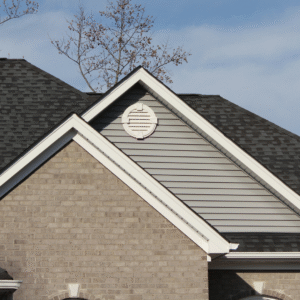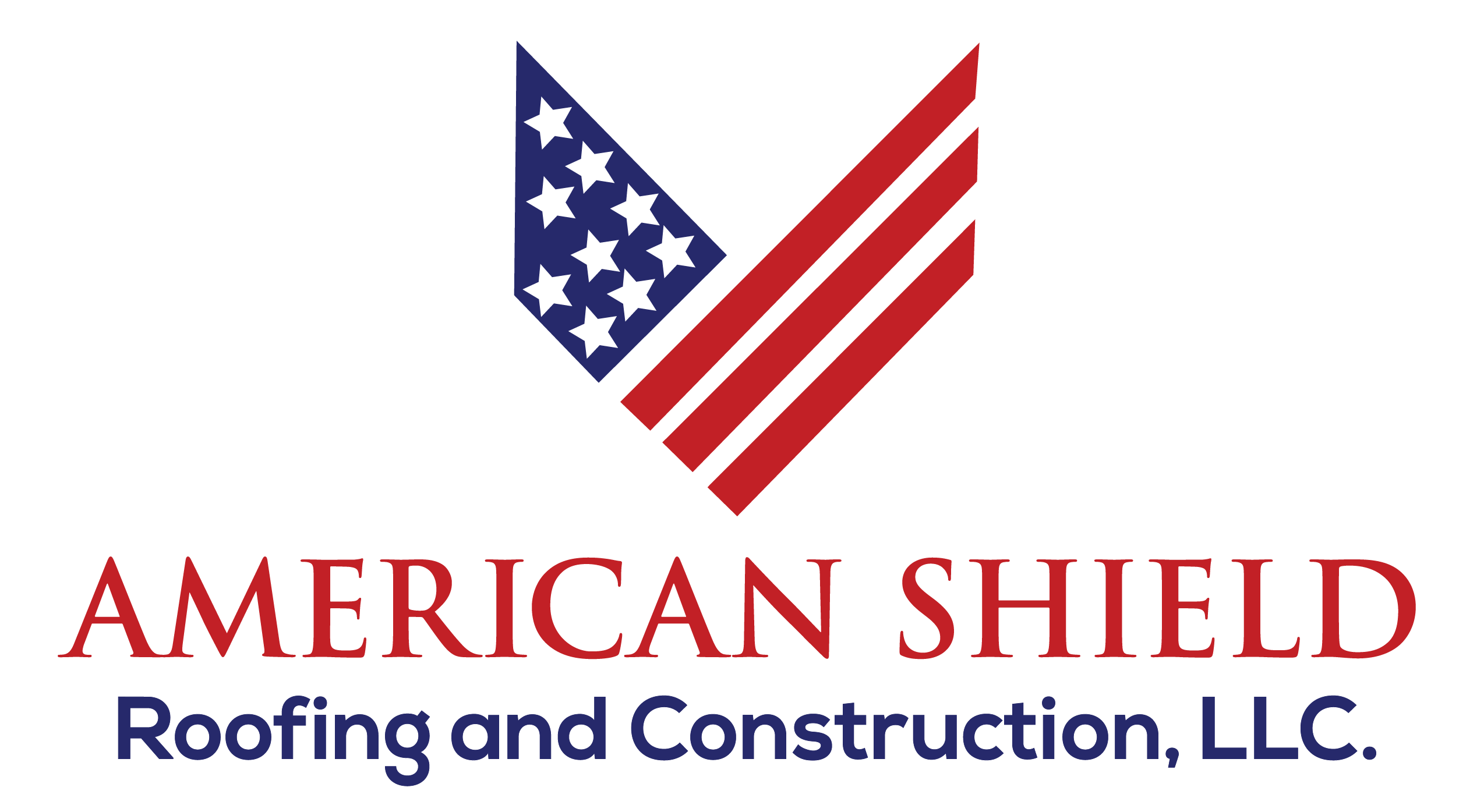
When it comes to your home, your roof is your first line of defense. But how often do you stop to think about what actually makes up a roof? Understanding the different parts of a roof can help you spot issues early, make informed repair decisions, and better appreciate the craftsmanship that goes into protecting your home.
Here’s a quick breakdown of what lies above your head:
- Roof Decking (Sheathing)
This is the foundation of your roof—typically made of plywood or OSB (oriented strand board). The decking is attached to your home’s framing and supports all other roofing materials above it. It must be strong and stable because it carries the weight of your entire roof system.
- Underlayment
Sitting directly on top of the decking, this water-resistant or waterproof barrier is your second layer of defense against moisture. It’s usually made of felt or a synthetic material. In storm-prone areas, a peel-and-stick waterproof membrane may also be used for added protection.
- Roof Covering (Shingles, Metal Panels, or Tiles)
This is the part of the roof that you see. Whether you choose asphalt shingles, metal roofing, clay tiles, or another material, this outer layer is responsible for shielding your home from sun, rain, wind, and hail. Each material has its own pros, cons, and lifespan.
- Flashing
Flashing is a thin sheet—usually metal—that’s installed around roof edges, chimneys, vents, skylights, and valleys. Its job is to direct water away from vulnerable areas where leaks are more likely to occur. Think of it as a raincoat for the weak spots on your roof.
- Drip Edge
Located along the edges of your roof, the drip edge is a metal strip that guides rainwater away from the fascia and into the gutters. It also helps keep water from backing up under your shingles during heavy storms.
- Ventilation (Ridge Vents, Soffit Vents, Gable Vents)
Proper ventilation is critical for controlling moisture and temperature in your attic. Without it, heat and humidity can build up, leading to mold growth, shingle damage, and even structural issues. Most modern roofs include ridge vents at the peak and soffit vents beneath the eaves.
- Fascia
This is the board that runs along the lower edge of the roof, where gutters are attached. It supports the lower edge of the roof and helps seal the interior from moisture and pests.
- Soffit
The soffit is located under the roof overhang. It covers the underside of the eaves and often contains ventilation openings. It also gives your roof a finished look while playing a vital role in air circulation.
- Valleys, Hips, and Ridges
- Ridges are the horizontal peaks where two roof planes meet.
- Valleys are the lower areas where two planes slope down toward each other and where water naturally flows.
- Hips are the outward angles where roof slopes meet.
These areas are typically reinforced with special materials to handle heavy water flow and prevent leaks.
Why It Matters
Knowing the parts of your roof can help you better understand what your contractor is talking about during an inspection or repair. It also helps you recognize early signs of wear and tear—saving you money and headaches down the road.
At American Shield Roofing and Construction, we believe an informed homeowner is an empowered homeowner. If you’re due for a roof inspection, repair, or full replacement, we’re here to help.
📞 Call us today at 361-343-7018 or visit www.americanshieldroofing.com
🔍 Schedule your free inspection and get peace of mind, from the decking to the drip edge.
#TrustTheShield
